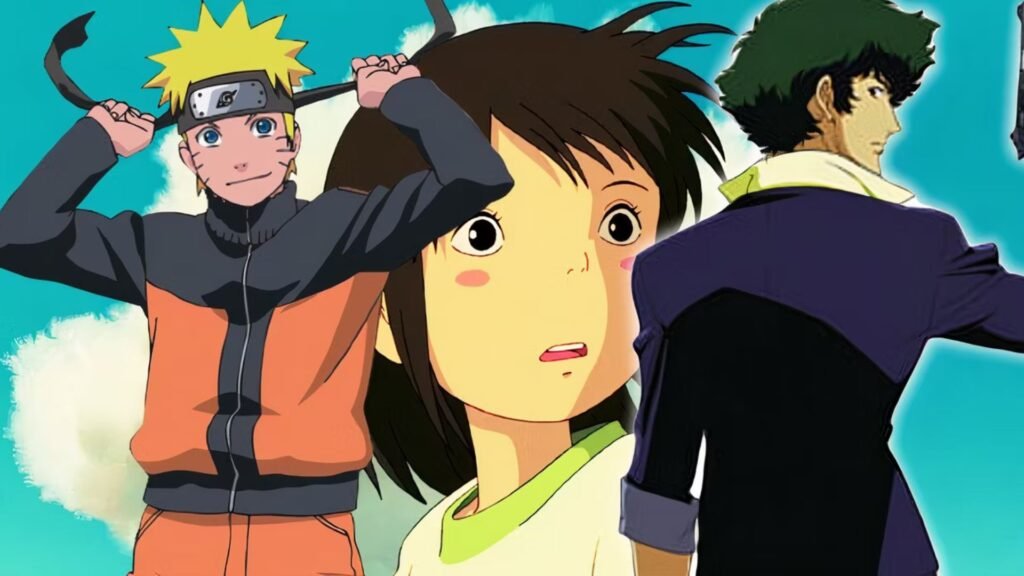Exploring the Themes of Identity in Japanese Animation
Japanese animation, commonly known as anime, often delves into the intricate theme of identity. This theme is explored through characters’ journeys of self-discovery, their struggles with societal expectations, and the conflicts between personal desires and imposed roles. Here’s a look at how anime tackles these profound aspects of identity.

The Journey of Self-Discovery
A recurring motif in anime is the protagonist’s journey towards understanding their true self. This journey is often depicted through various trials and tribulations that force the character to confront their inner conflicts. In “Naruto,” for example, the titular character grapples with his identity as an outcast, eventually finding strength in the very qualities that set him apart. Similarly, “Neon Genesis Evangelion” explores the psychological struggles of its characters as they seek to understand their purpose and place in a world filled with existential threats.
Dual Identities and Secret Lives
Anime frequently portrays characters with dual identities or secret lives, reflecting the tension between one’s public persona and private self. This is evident in series like “Death Note,” where Light Yagami leads a double life as a high school student and the vigilante Kira. The conflict between these two identities becomes central to the narrative, raising questions about morality, power, and the corrupting influence of a hidden self. Similarly, in “Sailor Moon,” the protagonist balances her ordinary life as Usagi Tsukino with her responsibilities as a magical guardian, highlighting the complexities of leading a double life.
Societal Roles and Personal Desires
Anime also explores how societal roles can shape, constrain, or conflict with personal identity. Characters often struggle against the roles imposed on them by society, family, or tradition, striving to assert their individuality. In “Attack on Titan,” Eren Yeager fights against the destiny assigned to him by his society, questioning the predetermined roles that bind him. This tension between societal expectations and personal desires is a common theme, seen also in “Your Lie in April,” where the protagonist battles the expectations of being a musical prodigy against his own personal grief and trauma.
Identity and Technology
In the realm of science fiction anime, the theme of identity is often explored in relation to technology. “Ghost in the Shell” is a prime example, questioning what it means to be human in a world where cybernetic enhancements and artificial intelligence blur the lines between man and machine. The protagonist, Major Motoko Kusanagi, struggles with her sense of self, questioning the nature of her identity in a body that is almost entirely artificial. This exploration of identity in a technologically advanced world raises philosophical questions about consciousness, humanity, and the soul.
The Influence of Cultural Identity
Anime also reflects on cultural identity, particularly in stories where characters navigate the intersection of traditional and modern values. “Spirited Away” by Studio Ghibli portrays a young girl, Chihiro, who finds herself in a world steeped in Japanese folklore. Her journey represents a reconnection with her cultural roots and a deeper understanding of her identity within that context. The tension between old and new, traditional and modern, is a common theme in anime that explores cultural identity, reflecting Japan’s own societal shifts.
Conclusion
The theme of identity in Japanese animation is rich and multifaceted, offering viewers a deep exploration of self-discovery, societal roles, and the impact of technology on the human experience. Through complex characters and thought-provoking narratives, anime provides a unique lens through which to examine the many layers of identity, making it a powerful medium for personal and philosophical reflection.



